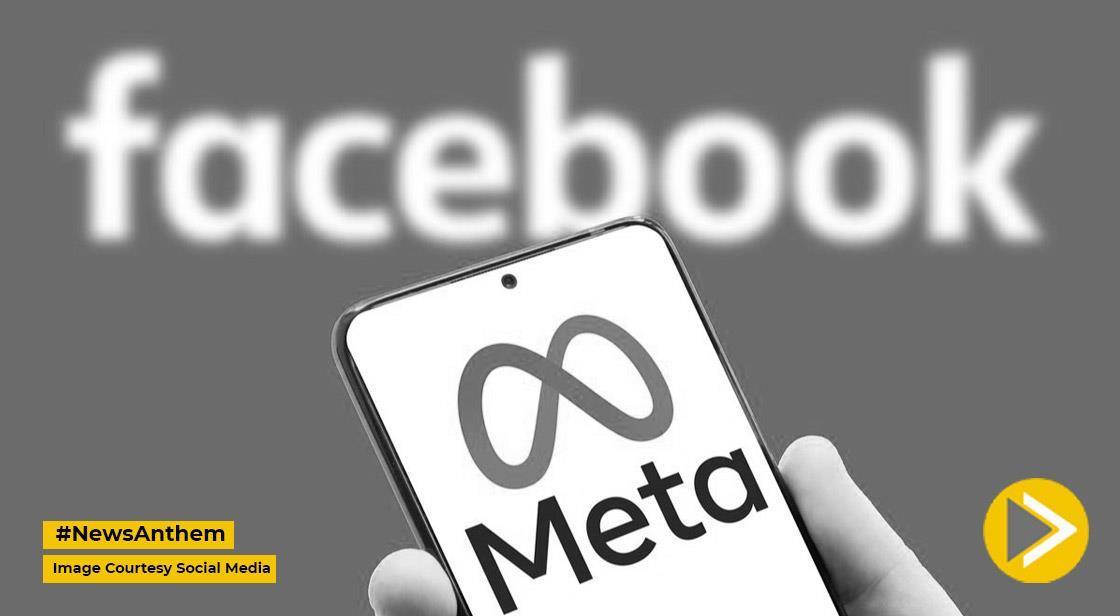Meta Launches Open-Source Llama 4 AI Models to Compete with DeepSeek and Google Gemma

News Synopsis
Meta has officially released its Llama 4 series, the latest generation of open-weight AI models designed to enhance the capabilities of Meta AI across popular platforms like WhatsApp, Instagram, and Messenger. These new models aim to challenge top-tier offerings from competitors like OpenAI’s GPT-4, Google’s Gemini 2.0, and DeepSeek.
What Are Open-Weight AI Models?
Open-weight AI models are unique in that their trained weights are publicly accessible, allowing developers to download, deploy, and run them locally on their own systems. While this promotes flexibility and transparency, certain restrictions may apply regarding commercial use or model modifications.
Llama 4 Lineup: Scout, Maverick, and Behemoth
Meta’s Llama 4 release includes three standout models, each built on a mixture-of-experts (MoE) architecture to provide powerful performance across varied AI applications.
Llama 4 Scout: Compact Yet Powerful
The Llama 4 Scout model is engineered for high performance with fewer resources. Featuring 17 billion active parameters and utilizing 16 experts, Scout supports a massive context window of up to 10 million tokens. This means it can process and understand lengthy inputs efficiently.
Scout is designed to operate on a single Nvidia H100 GPU, making it a practical choice for developers with limited hardware access. Meta reports that Scout outperforms competing models like Google Gemma 3, Gemini 2.0 Flash-Lite, and Mistral 3.1 on multiple industry benchmarks.
Llama 4 Maverick: A Challenger to GPT-4 and DeepSeek
Llama 4 Maverick stands as Meta’s flagship model in this release. Also built on a 17-billion active parameter architecture but featuring 128 experts, Maverick is optimized to deliver top-tier results in reasoning, coding, and multimodal tasks—all while maintaining efficiency.
Meta positions Maverick as a direct competitor to OpenAI’s GPT-4o and DeepSeek v3. Despite its compact design, the model achieves benchmark results comparable to models that use significantly more computing resources. Like Scout, Maverick runs on a single Nvidia H100 GPU.
Llama 4 Behemoth: The AI Trainer Model
The Llama 4 Behemoth model is the largest and most advanced in the family. Still in training, Behemoth features 288 billion active parameters, with nearly 2 trillion total parameters across its architecture. It also uses a 16-expert multimodal MoE system.
Behemoth is not intended for end users but rather acts as a “teacher” model, used to train smaller variants like Scout and Maverick. Early evaluations show that Behemoth surpasses OpenAI’s GPT-4.5, Claude Sonnet 3.7, and Google Gemini 2.0 Pro in STEM domains, image analysis, and multilingual tasks.
Llama 4 Integration in Meta Products
Meta is actively integrating Llama 4 into its suite of AI-powered services. Users will begin seeing improvements in Meta AI performance across WhatsApp, Messenger, Instagram Direct, and web-based chat interfaces.
Developers and researchers can now access Llama 4 Scout and Llama 4 Maverick directly from Meta’s official Llama website or via Hugging Face, further supporting open development and experimentation within the AI community.
Meta’s Long-Term Vision with Llama 4
With the launch of Llama 4, Meta reinforces its commitment to open AI research and development. The company is creating a full ecosystem around the Llama models, enabling innovation in natural language processing, vision, coding, and multimodal AI across diverse applications.
As the AI arms race continues, Meta's transparent and efficient models could offer a strong alternative to closed models like GPT-4, particularly for enterprises, startups, and researchers seeking greater control over deployment and costs.
You May Like









